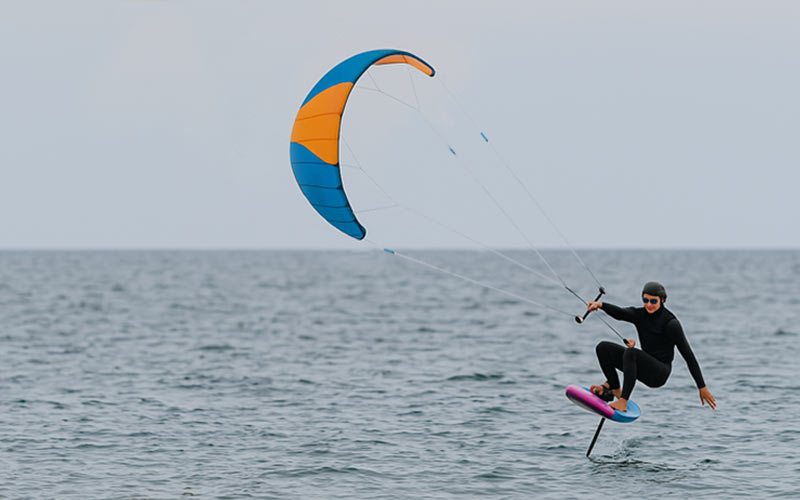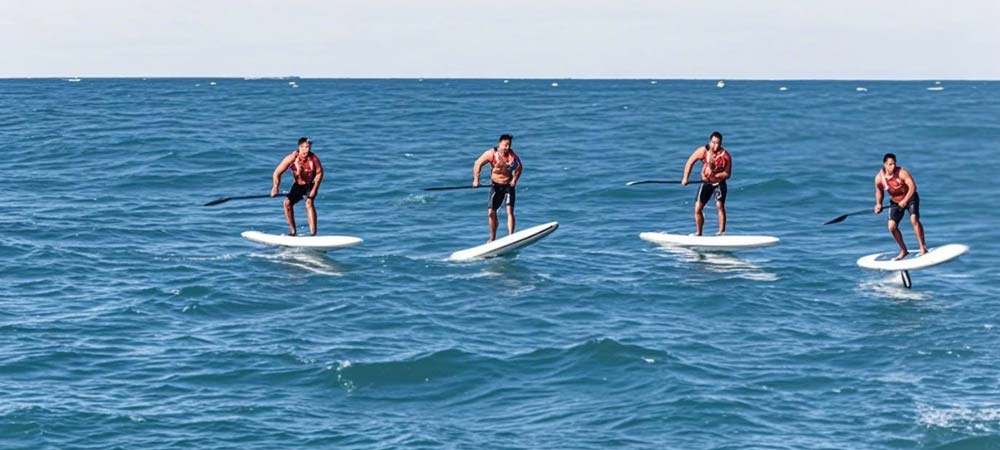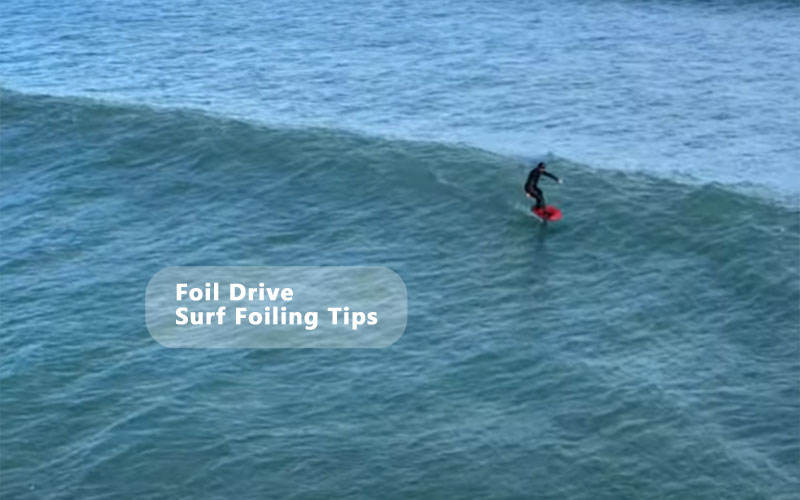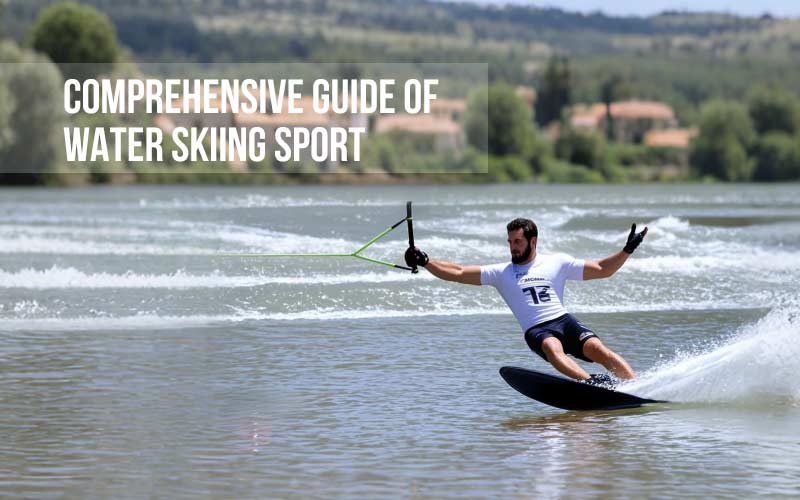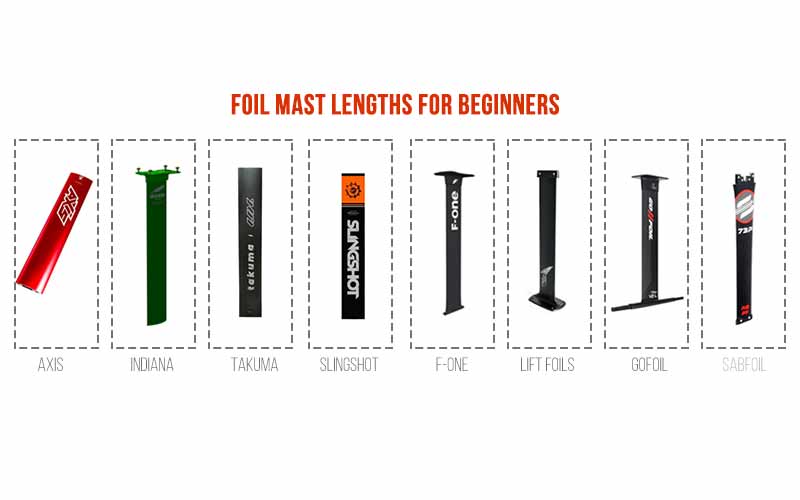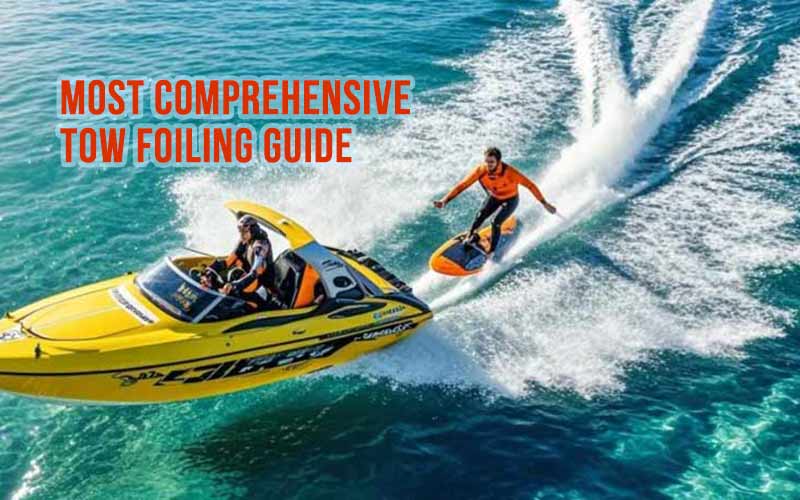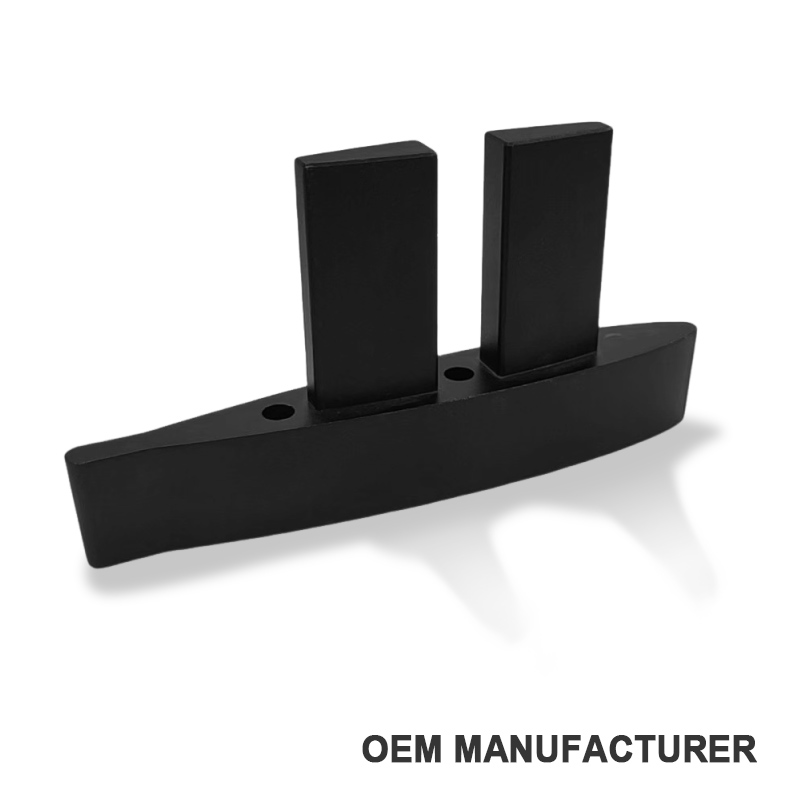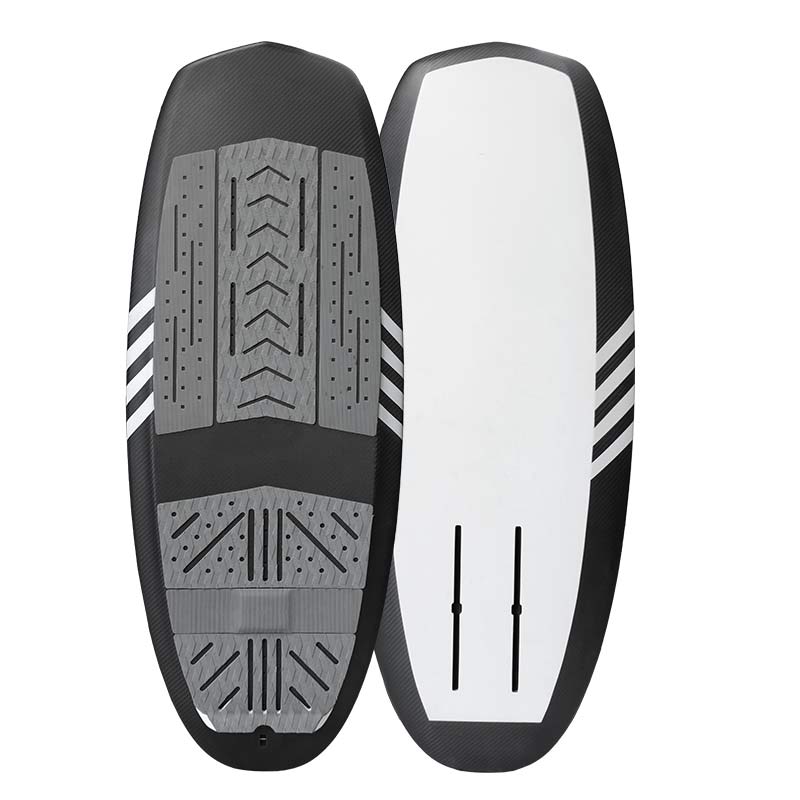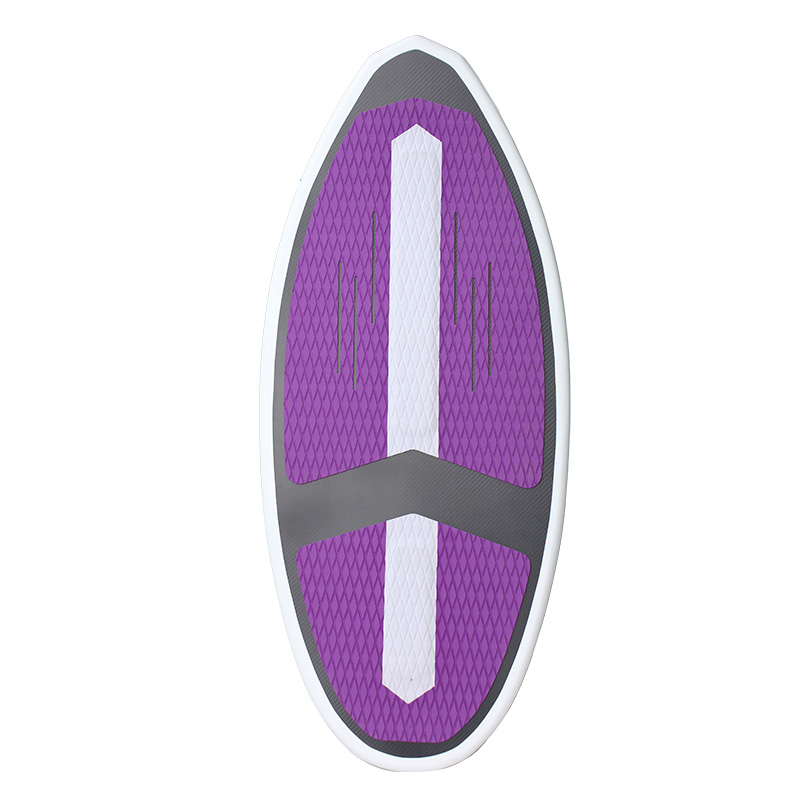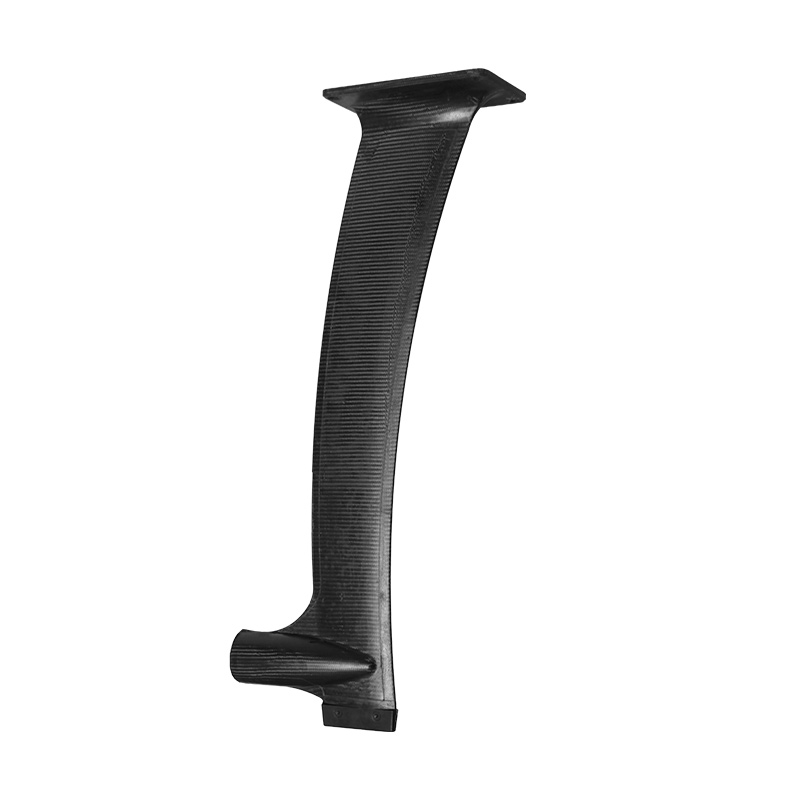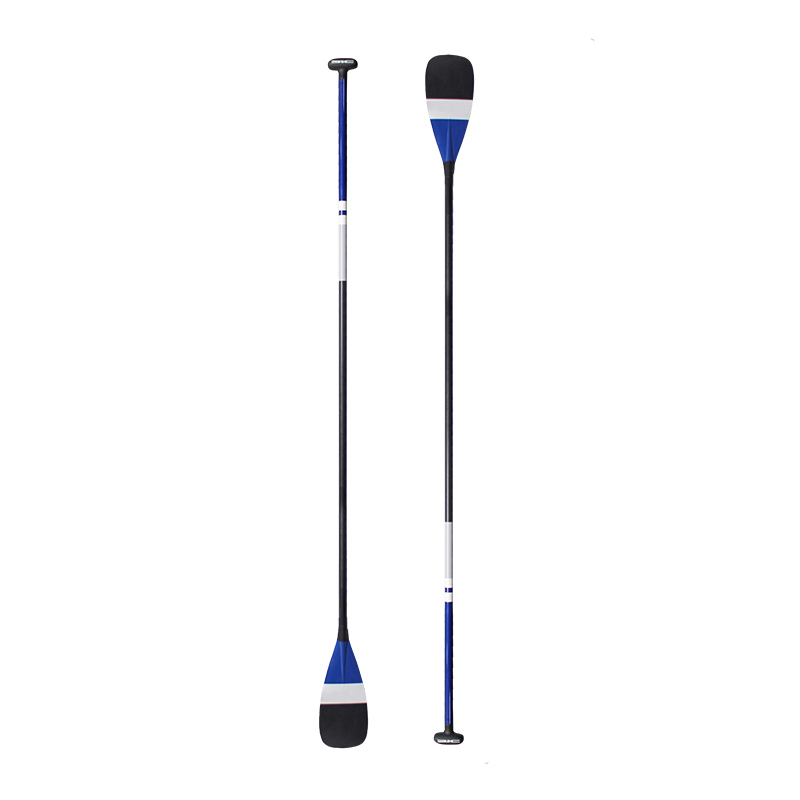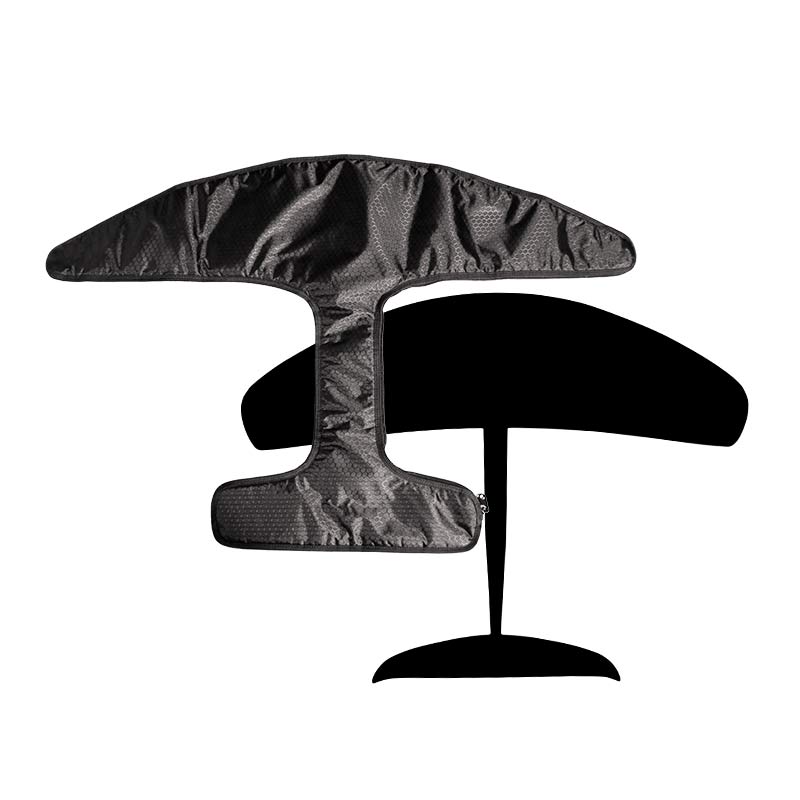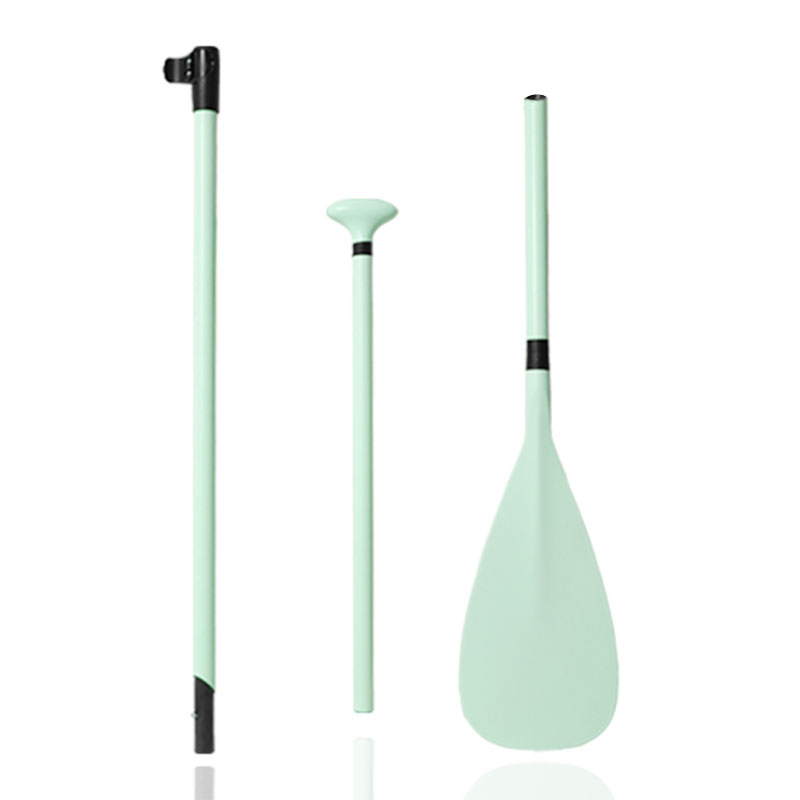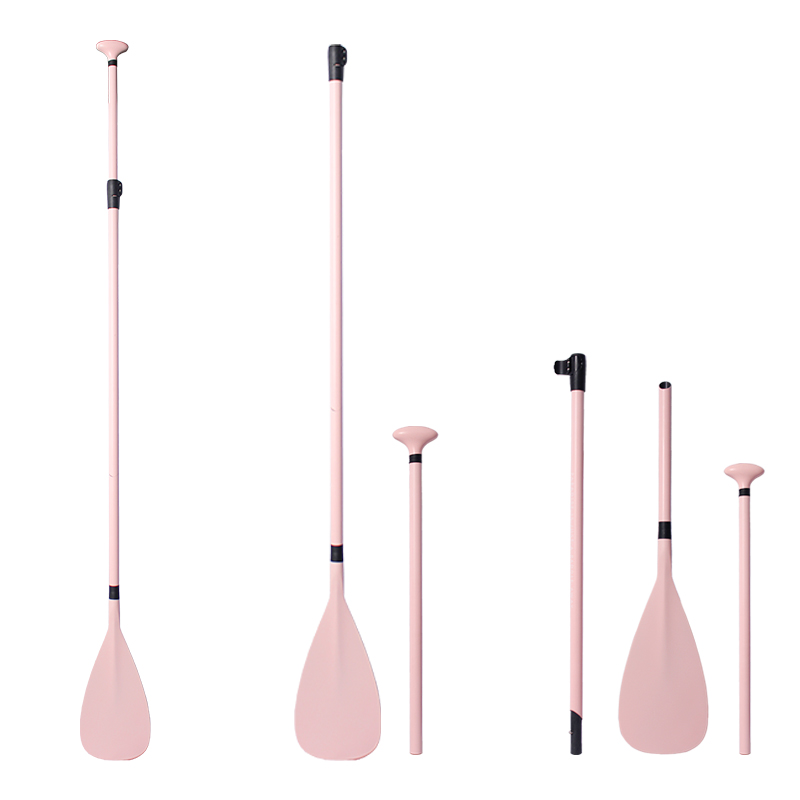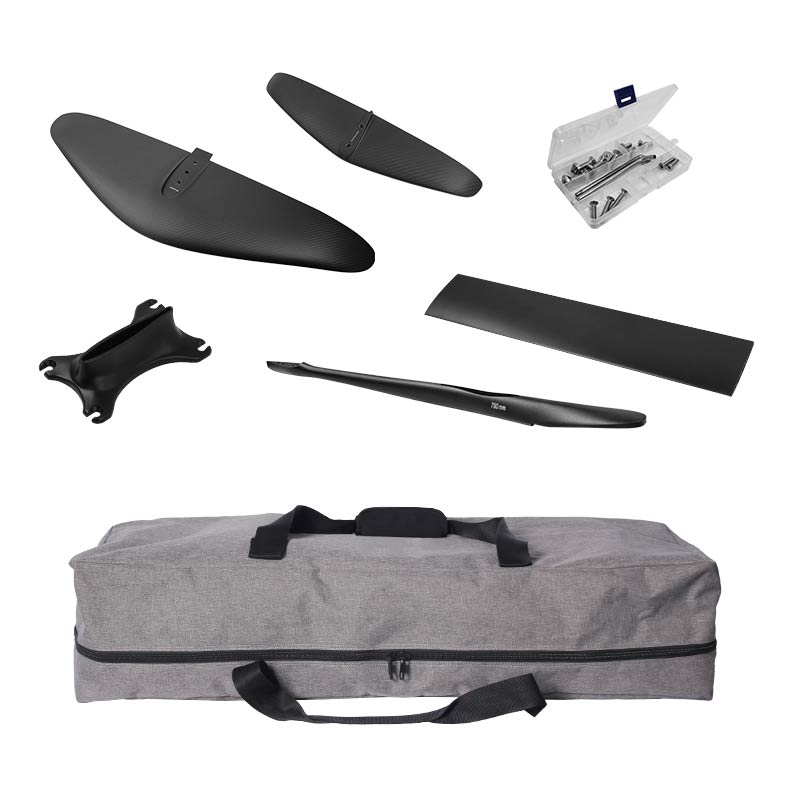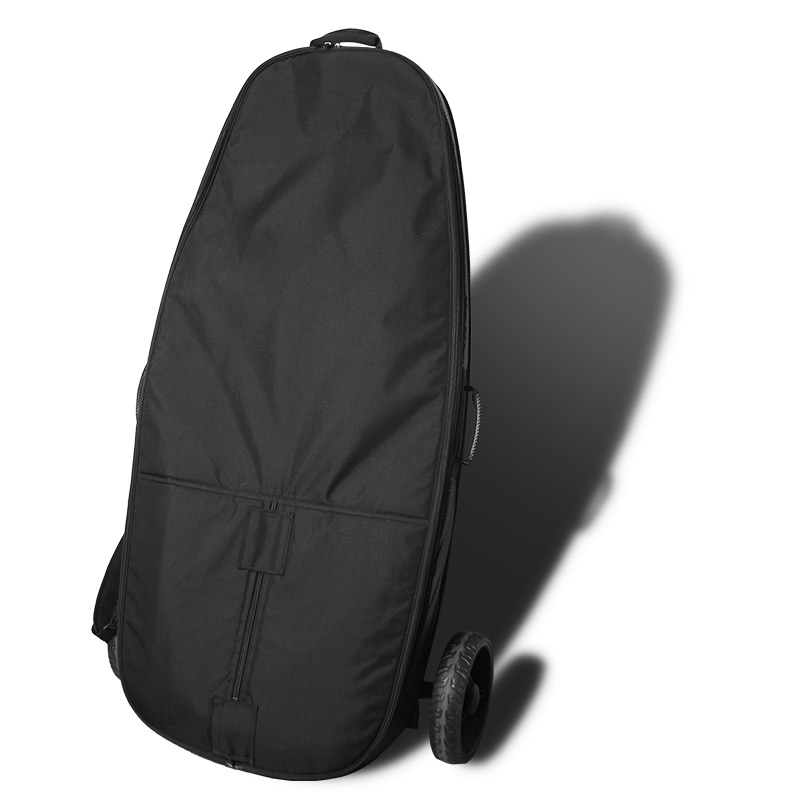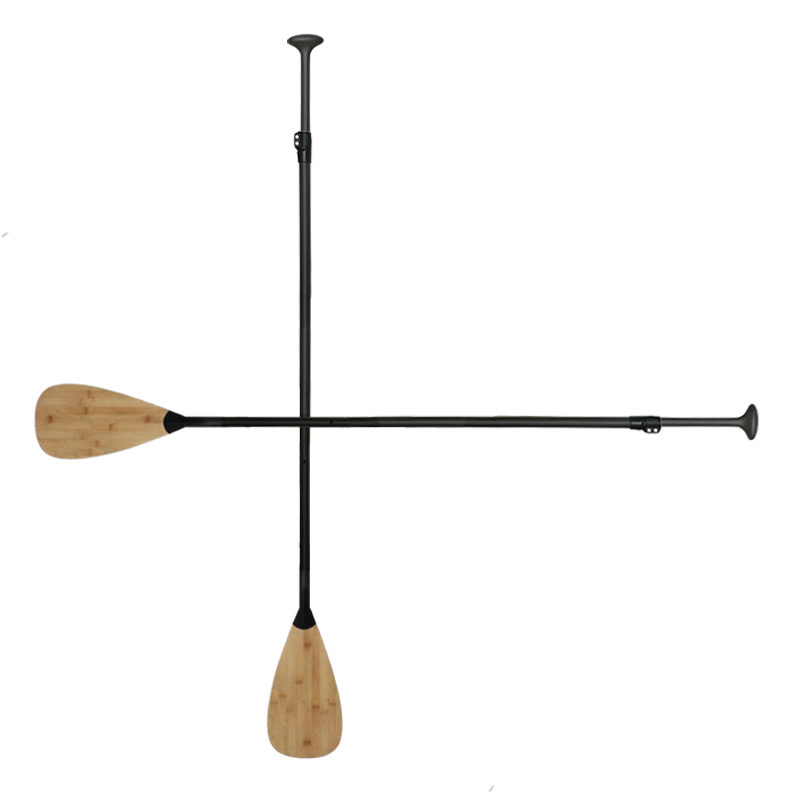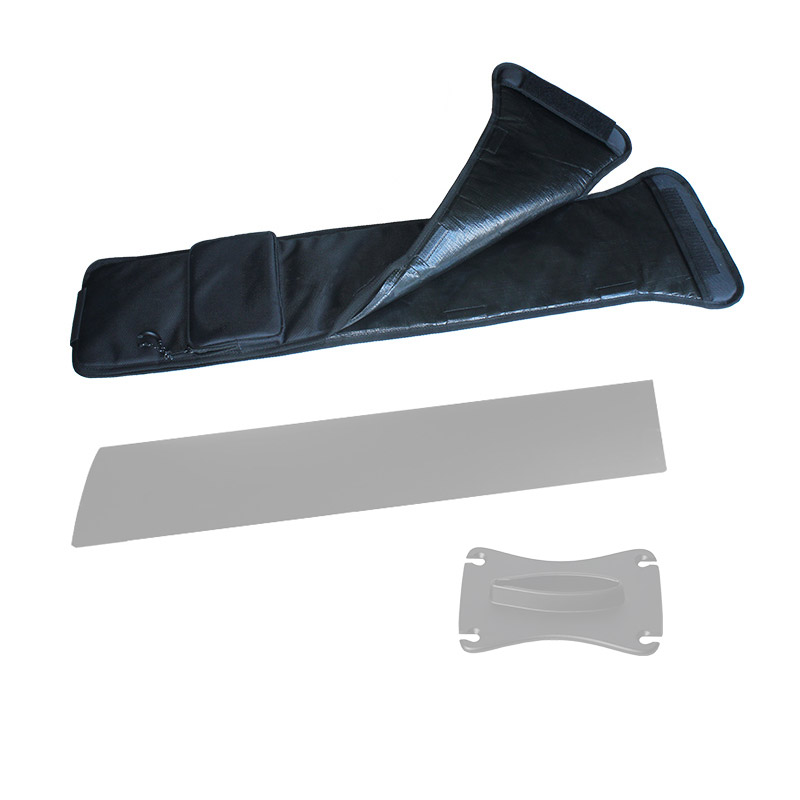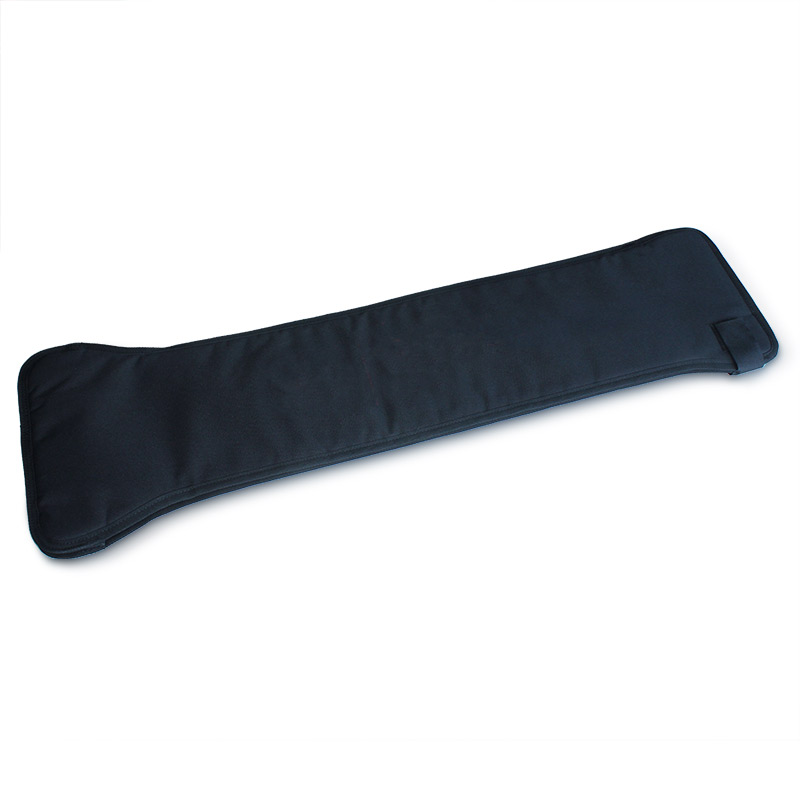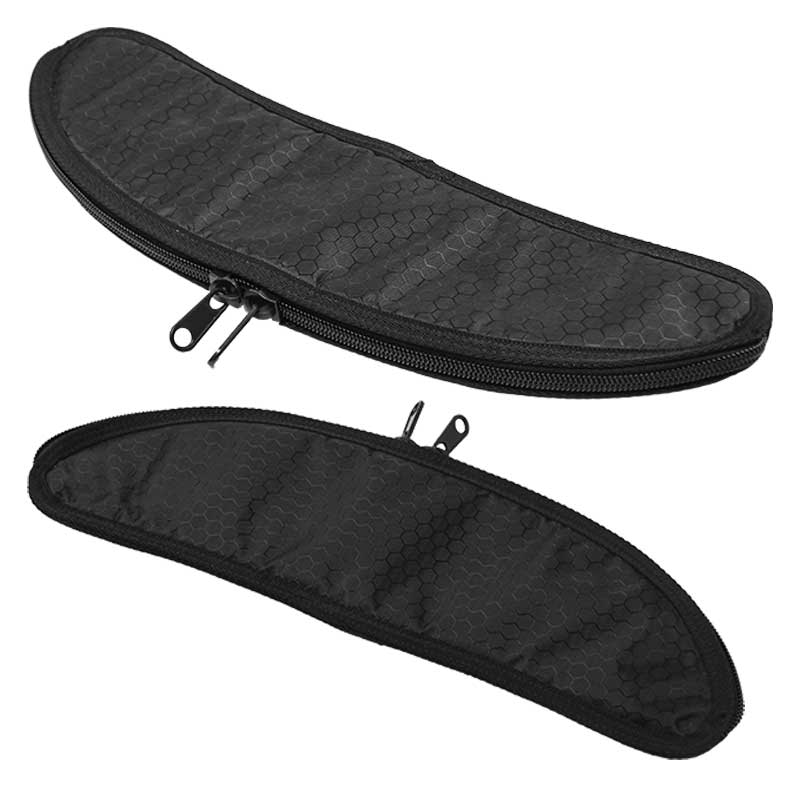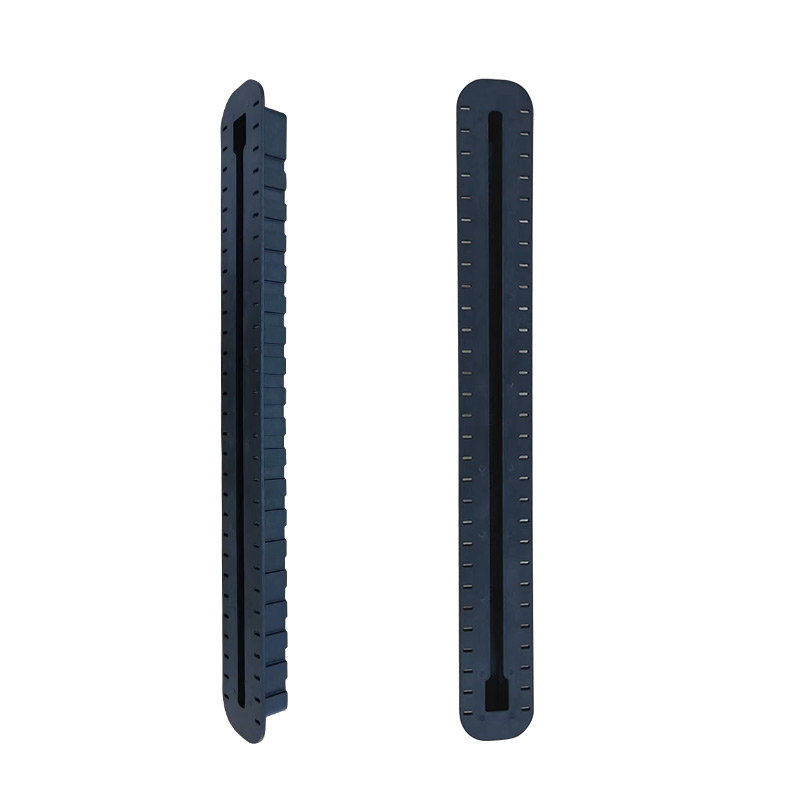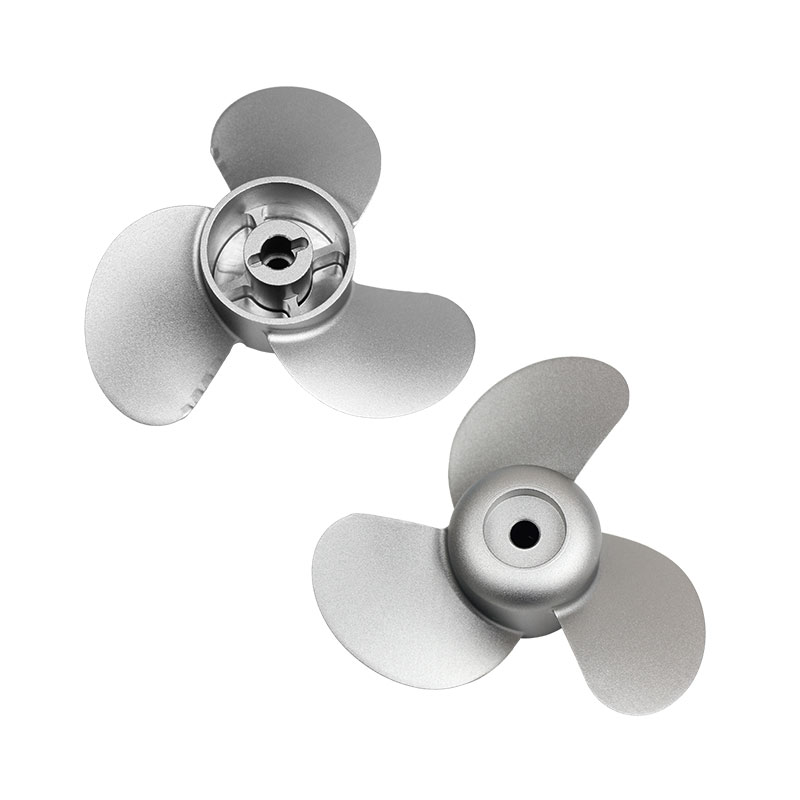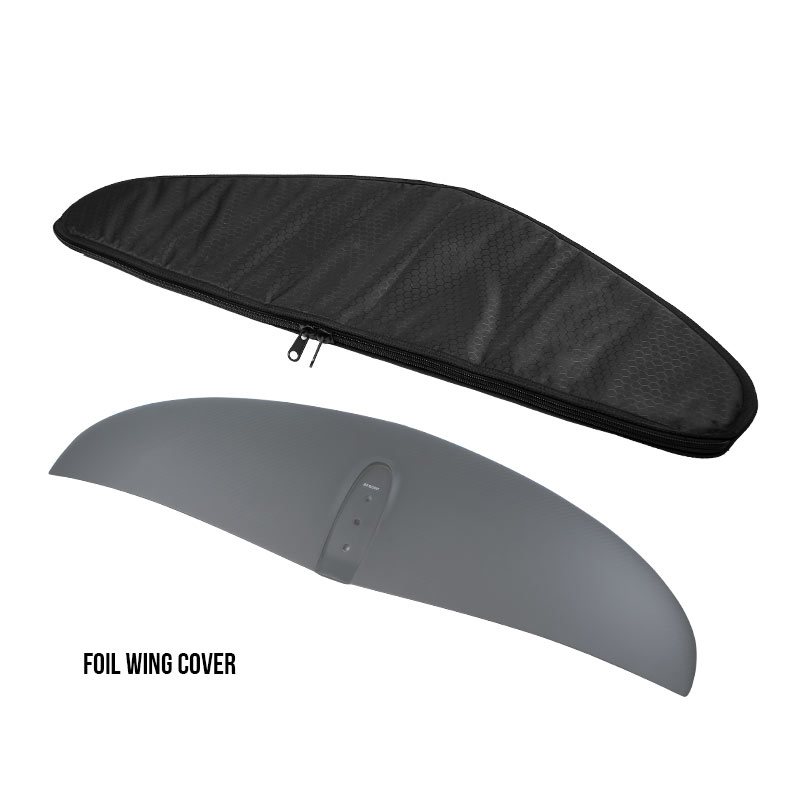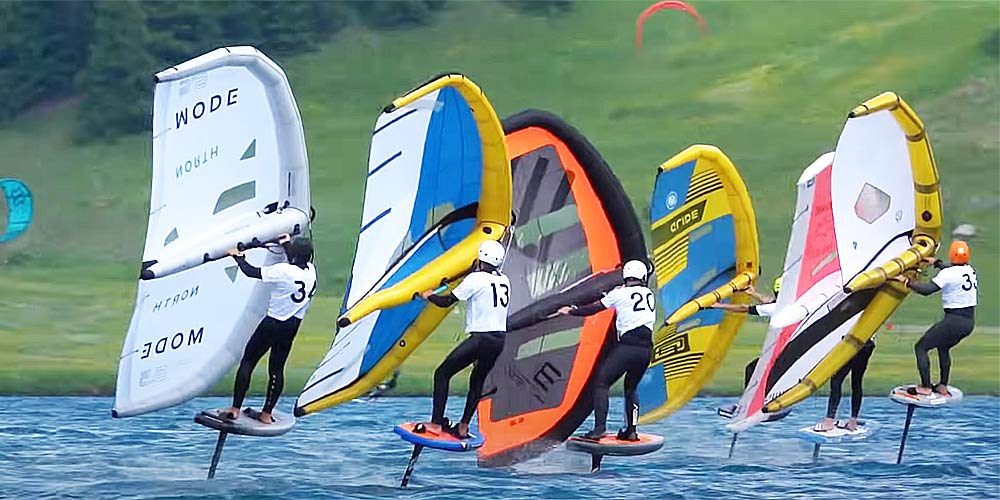
Right Equipment for Wing Foil Racing
Success in a wing foil race starts with selecting the right gear. The setup you choose can significantly impact your performance, especially in varying wind conditions. For lighter wind days, common during some wing foil races, a larger wing—such as a 7-meter option—can provide the power needed to get up on the foil quickly. This size offers a balance of lift and control, making it ideal for both upwind and downwind legs.
Wing Selection
For lighter wind days, which are common during some races, a larger wing—such as a 7-meter option—can provide the power needed to get up on the foil quickly. Larger wings offer increased surface area, which enhances lift and stability. This size offers a balance of lift and control, making it ideal for both upwind and downwind legs, especially when winds are marginal. The extra size allows for early lift-off and ensures you’re not struggling to generate enough power in lighter air. However, larger wings can create more drag at higher speeds, which can be less efficient as the wind picks up.
For stronger wind conditions, you’ll want to downsize your wing to reduce drag and maintain control. A 6-meter wing, for example, is well-suited for moderate to strong winds, allowing you to keep your speed high without sacrificing maneuverability. The smaller wing size will help maintain your edge during high-speed sections of the wing foil race, allowing you to control your descent and ascent while managing wind gusts with ease.
Board Selection
The board is equally critical in wing foil racing. A longer, narrower design is preferred, as it enhances glide and helps you maintain consistent speed. Longer boards provide a smoother ride over the water and allow for easier starts in lighter winds. The length offers stability, while the narrow width helps minimize drag, improving overall efficiency. When selecting a board, you should also consider volume. A higher-volume board can provide more stability and easier takeoffs, especially for beginners or those new to racing.
For experienced riders, however, a low-volume, high-performance board will offer faster acceleration and responsiveness, which is crucial during races where split-second decisions can make all the difference.
Foil Selection
Pairing the right foil with your board and wing is essential for optimizing performance. A high-performance foil, like a 600 cm² model attached to a 103 cm mast, is ideal for speed and stability. This foil size offers a good balance between lift and drag, ensuring that you can accelerate efficiently while maintaining control at higher speeds. The larger surface area of the foil provides the necessary lift for lighter winds and makes it easier to stay up on the foil during the race.
However, it’s important to consider the conditions of the water you’re racing on. In shallow areas, a longer mast may pose risks, as it can potentially damage your foil on reefs, rocks, or sandy bottoms. For such areas, opting for a shorter mast can help avoid costly damage. In deeper waters, a longer mast allows for more efficient foiling, particularly when you’re pushing hard on the downwind sections or hitting top speed.
If you want to find a factory supplier of hydro foil, welcome to contact us without any hesitation.
Navigating the Course: Upwind Wing Surf Tips
Racing upwind is often the most demanding part of a wing surf race, requiring efficiency, strategy, and precise technique. Here are some key wing surf tips to optimize your upwind performance:
1. Master Tacking vs. Jibing
Tacking (turning into the wind) is typically more efficient for going upwind, as it allows you to maintain a higher, more direct angle into the wind. If you can execute tacks successfully 80-90% of the time, it’s your best option. However, if your success rate starts to drop below this, jibing (turning downwind) can be a better alternative. Jibing reduces the risk of falling and may help you save time, particularly in challenging conditions.
To determine which maneuver works best for you, practice both tacking and jibing in different wind conditions and on different courses. Experiment with your timing, positioning, and overall execution to find your strengths.
2. Position the Wing Low
To maximize upwind performance, position the wing low and close to the water. This maximizes power and helps you achieve a steeper upwind angle. The lower the wing, the more direct and efficient the energy transfer. This position also stabilizes the foil, keeping you in control. However, be mindful of chop or waves that might catch the wing surf tip and cause it to lift unexpectedly, which can lead to a fall.
In dynamic conditions, adjust your height as needed. In flatter water, you may be able to ride lower, while in rougher conditions, you might need to lift the wing slightly to avoid interference with a chop.
3. Use Wave Energy
When racing in areas with small swells, use wave energy to give you a boost into the wind. Ride the tops of the waves to reduce your reliance on the wing’s power. This technique can significantly increase your efficiency, as you’re tapping into the ocean’s natural energy to propel you forward. By riding the wave rather than constantly relying on the wing, you can conserve energy and maintain a more consistent speed.
However, be cautious when riding waves too close to shore. Shallow reefs and sandbars pose a significant risk, especially when the water is rough. Always make sure you have a clear line of sight and enough space to maneuver safely.
4. Stay Inside for Smoother Water
When possible, stay closer to the shoreline to take advantage of flatter, smoother water. Shoreline areas tend to have less chop and can provide more consistent wind patterns, especially if offshore gusts are present. These gusts are typically stronger and more reliable, giving you an added boost as you navigate upwind.
Venture too far outside, and you may encounter rougher seas, unpredictable waves, and less favorable wind angles. By staying inside, you can also avoid the possibility of encountering obstacles or shallow areas, ensuring a safer and more efficient wing foil race.
5. Watch for Gusts
Wind gusts can be a game-changer when racing upwind. Always be on the lookout for texture on the water’s surface, which indicates incoming gusts. Gusts can provide a significant boost to your speed, especially in lighter conditions. Time your tacks or starts with these gusts to catch the wind at the perfect moment, helping you get on the foil quickly and maintain your upwind angle.
By anticipating and using gusts effectively, you’ll be able to get more power out of your wing and reduce the risk of stalling in lighter winds.
A typical upwind leg might take 24-28 minutes for a 5-6 mile course, depending on wind strength and your skill level. Minimizing falls is crucial—each stop can cost valuable time and distance.
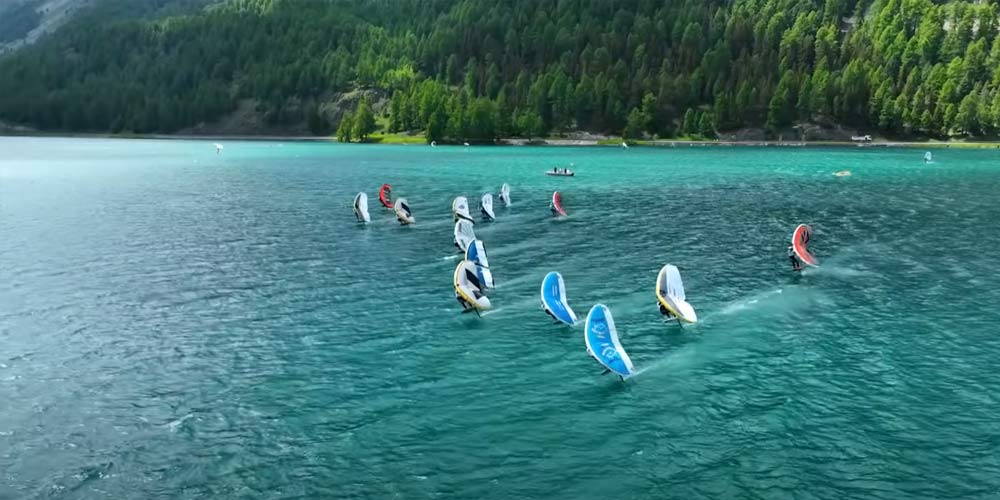
Dominating the Downwind Leg: Wing Foil Race Strategies
The downwind portion of a wing surf race is where speed and glide come into play. With the wind at your back, the focus shifts to maintaining momentum and leveraging ocean swells. Here’s how to excel:
1. Ride the Bumps
One of the most effective techniques for downwind racing is riding the swells or “bumps” moving toward shore. These natural ocean features provide the perfect opportunity to gain speed. Look for the bigger swells and weave in and out of them, riding up the face of a wave for an additional boost of speed.
When you reach the top of a wave, turn into it slightly to catch its energy, then kick out downwind to maintain pressure on the wing. This maneuver allows you to use the swell’s momentum without losing speed. A fast foil with excellent glide is essential here, as it ensures smoother transitions between bumps and maintains consistent speed throughout the run.
Mastering this technique requires a good sense of timing and reading the water. Knowing when to push for the wave’s peak and when to let the swell carry you forward is critical.
2. Minimize Jibes
During the downwind leg, it’s crucial to minimize the number of jibes (turns downwind) you make. While jibing is a useful maneuver, excessive turns can reduce your overall speed and disrupt your glide. The key is to aim for the straightest, most efficient line possible. Plan your angle carefully so that you only need to make a few, well-timed jibes instead of constantly adjusting.
In light wind conditions, where maintaining momentum is more challenging, a larger wing can help by providing more consistent power. This allows you to keep up speed without having to adjust or jibe too frequently, making it easier to stay on course and maintain a strong, steady pace.
3. Adjust for Visibility
Late-day of wing foil races, when the sun is low on the horizon, can present visibility challenges, particularly when trying to read the water texture. In these conditions, it can be harder to spot incoming gusts or changes in wave patterns. To compensate, rely on your instincts and prior knowledge of the course. Pay attention to landmarks, water current patterns, and the position of competitors to stay on track.
Trusting your muscle memory and course experience is crucial during these times. The more you wing foil race in varying conditions, the better you’ll become at interpreting subtle changes in water texture and anticipating the best lines to take.
4. Consistency is Key
A strong downwind run typically takes around 12-14 minutes for a 5-6 mile course, roughly half the time it takes to complete the upwind leg. To maintain a competitive edge, consistency is key. You’ll want to minimize falls, keep your foil speed up, and maintain smooth transitions between swells and bumps.
Falls, even minor ones, can break your rhythm and waste precious time. Focus on maintaining steady pressure on the wing, ensuring you keep your foil speed consistent. The more time you spend gliding and the less time you spend recovering from a fall, the faster you’ll complete the downwind leg and maintain your competitive advantage.
A strong downwind run might take 12-14 minutes for the same 5-6 mile course, roughly half the upwind time. Consistency is key—avoiding falls and maintaining foil speed will keep you competitive.
Course-Specific Wing Surf Tips: Kahala Example
Certain locations, like Kahala on Oahu’s south shore, offer unique opportunities and challenges for wing foil racing. Known for its accessibility—no steep hills to climb, ample parking, and showers—it’s an ideal spot for beginners and racers alike. Here’s how to navigate a typical Kahala course:
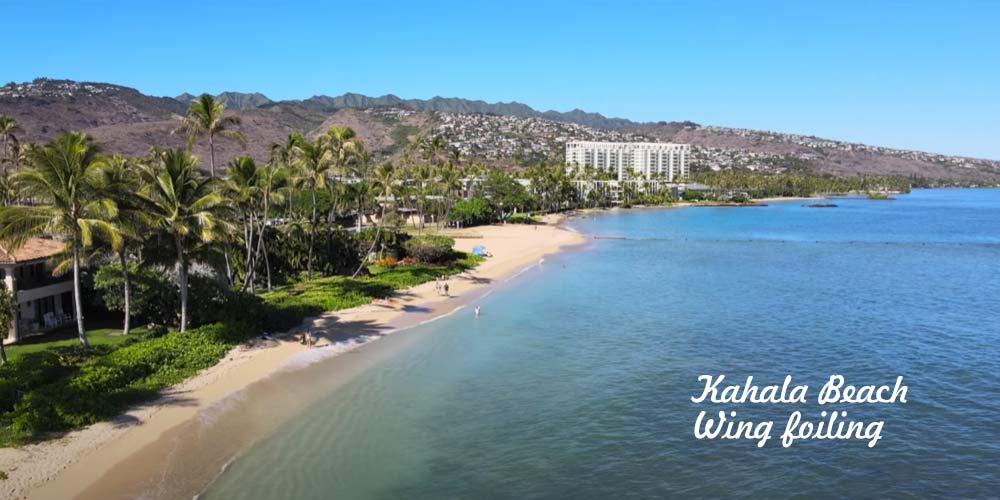
1. Starting Line
Start your wing foil race near the pylons marking the channel, which helps guide your path and ensures you’re aligned with the race course. One important note for beginners and racers alike is to walk along the right side of the starting line to avoid the shallow reefs directly ahead, especially during low tide. Shallow reefs can be a hazard, so it’s crucial to plan your launch carefully.
Once you’re ready to mount your board, wait for a gust of wind to pick up before setting off. This ensures a smoother takeoff, helping you get on the foil quickly without struggling in lighter wind conditions. Patience at the start can pay off in smoother, more efficient acceleration.
2. Upwind Path
After launching, head slightly downwind past a flagged reef marker. From there, angle up over the waves and into deeper water, using the swells to give you an extra lift as you move into the more open section of the course. Be strategic here—zigzag along the inside (near the shoreline) to take advantage of the waves and push yourself toward key landmarks like Toes Beach Park. The swells provide natural power, reducing the reliance on your wing and helping you maintain momentum.
As you approach Toes Beach Park, keep your angle tight and continue using the swells to propel you forward. From this point, aim directly for the blinker buoy, which serves as a key turning point on the course. When you’re near the buoy, tack efficiently around the nearby pillars for a streamlined final approach into the downwind leg.
3. Downwind Return
For the downwind return, your focus should shift to conserving speed and avoiding obstacles. Target the pylons diagonally while being mindful of the shallow reef directly ahead. The reef can create a significant hazard if you aren’t careful with your positioning, so maintaining a safe distance is crucial.
As you near the sandy bottom for your final approach, flip your foil upside down to protect it. This step is essential for preventing damage to your foil when coming into shallow areas. A quick flip can help you glide safely over the sand without scraping or damaging your equipment.
4. Course Overview and Strategy
This Kahala course offers a blend of wave riding and racing, which makes it both a fun and strategic challenge. The waves provide natural energy, but you’ll need to balance your speed with precise control to avoid stalling or losing momentum. The combination of tactical turns and wave riding makes this course ideal for honing both your foil control and race pacing.
On average, you can hit speeds of 19 miles per hour during this wing foil race, with experienced racers completing the round trip in under 40 minutes. The course demands focus, efficiency, and adaptability, as you’ll need to adjust to varying wind conditions, swell patterns, and water depths.
This course blends wave riding and racing, making it a fun yet strategic challenge. Average speeds can hit 19 miles per hour, with top times under 40 minutes for a round trip.
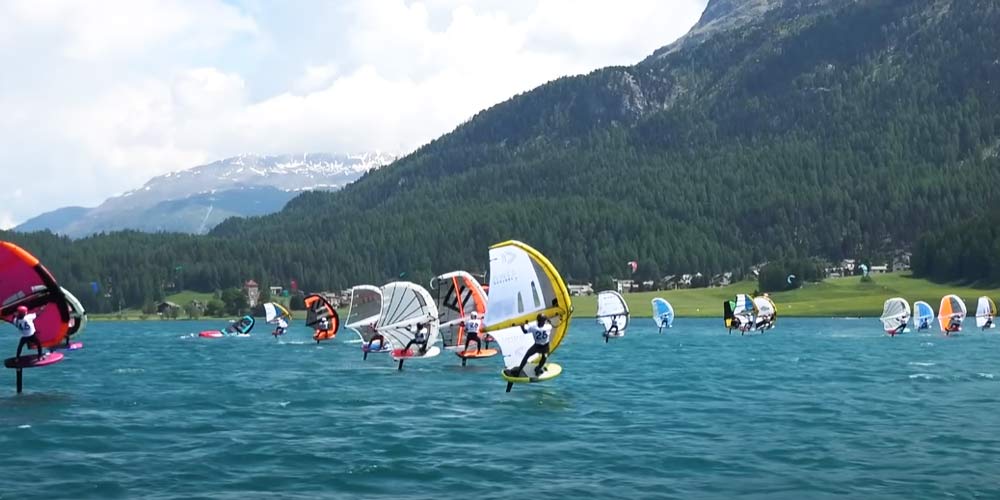
Elevate Your Wing Foil Race Game
Whether you’re drawn to the competitive edge of wing surf racing or simply want to refine your skills, these wing surf tips can help you perform at your best. Focus on equipment tailored to the conditions, practice efficient tacks and jibes, and adapt to the course’s unique features. Racing not only tests your abilities but also fosters a sense of community—post-race barbecues and award ceremonies are perfect for connecting with fellow wing foilers.
Ready to hit the water in a wing foil race? Apply these strategies at your next wing foil race and watch your performance soar. With consistent practice and a keen eye for wind and waves, you’ll be carving up the course in no time!

